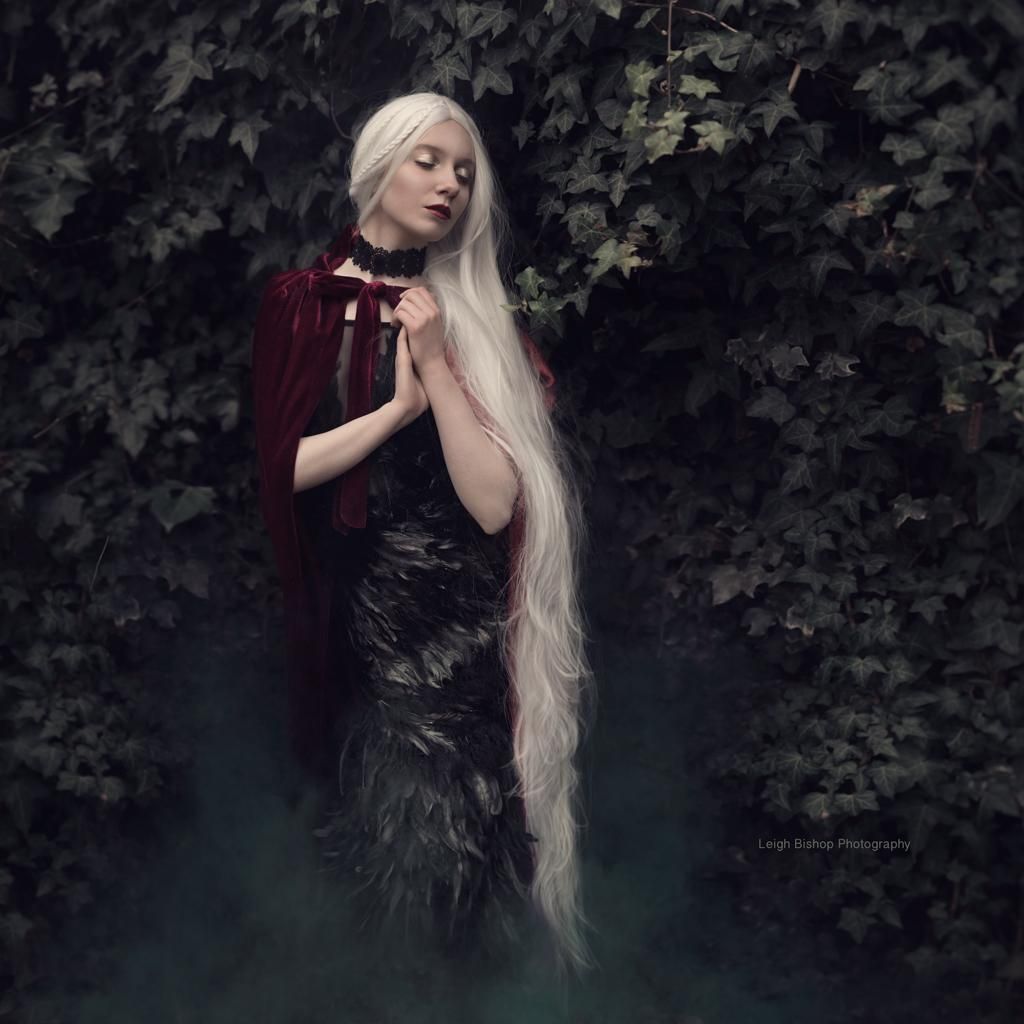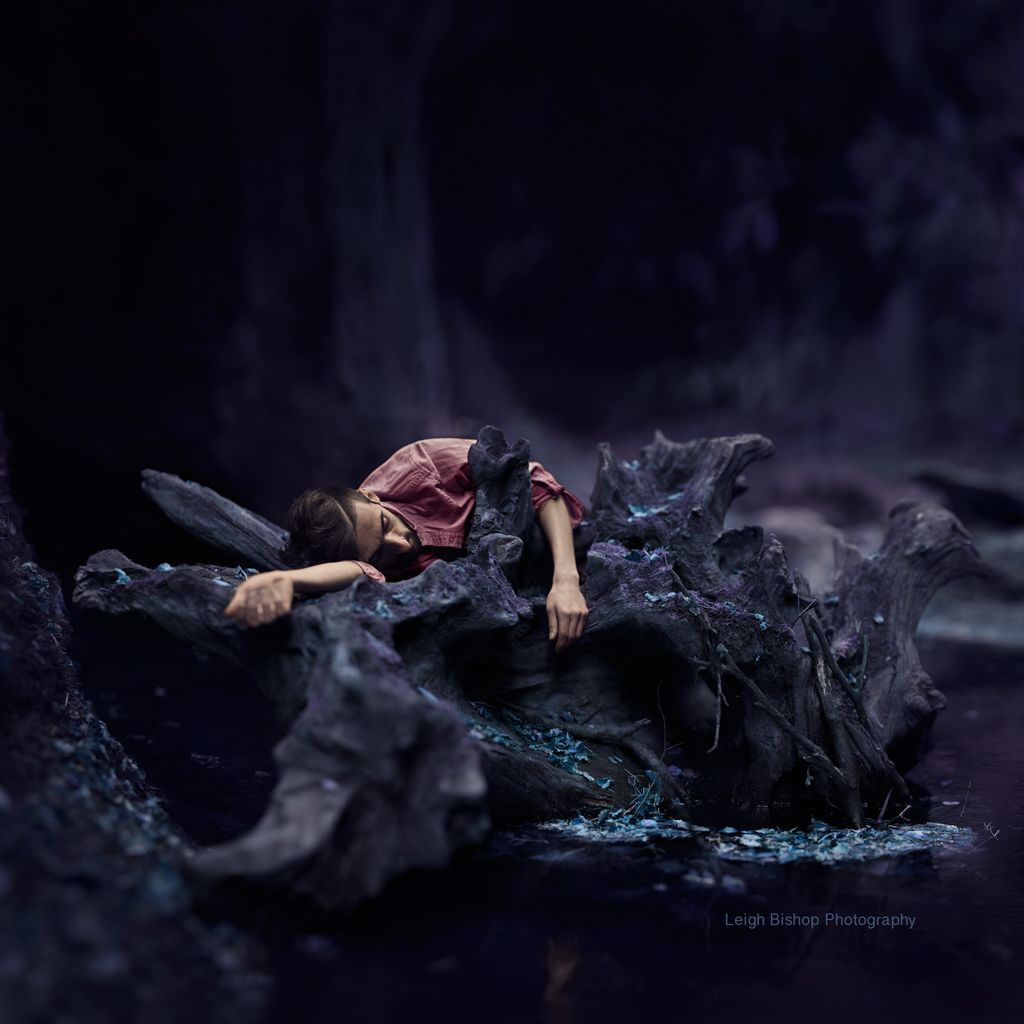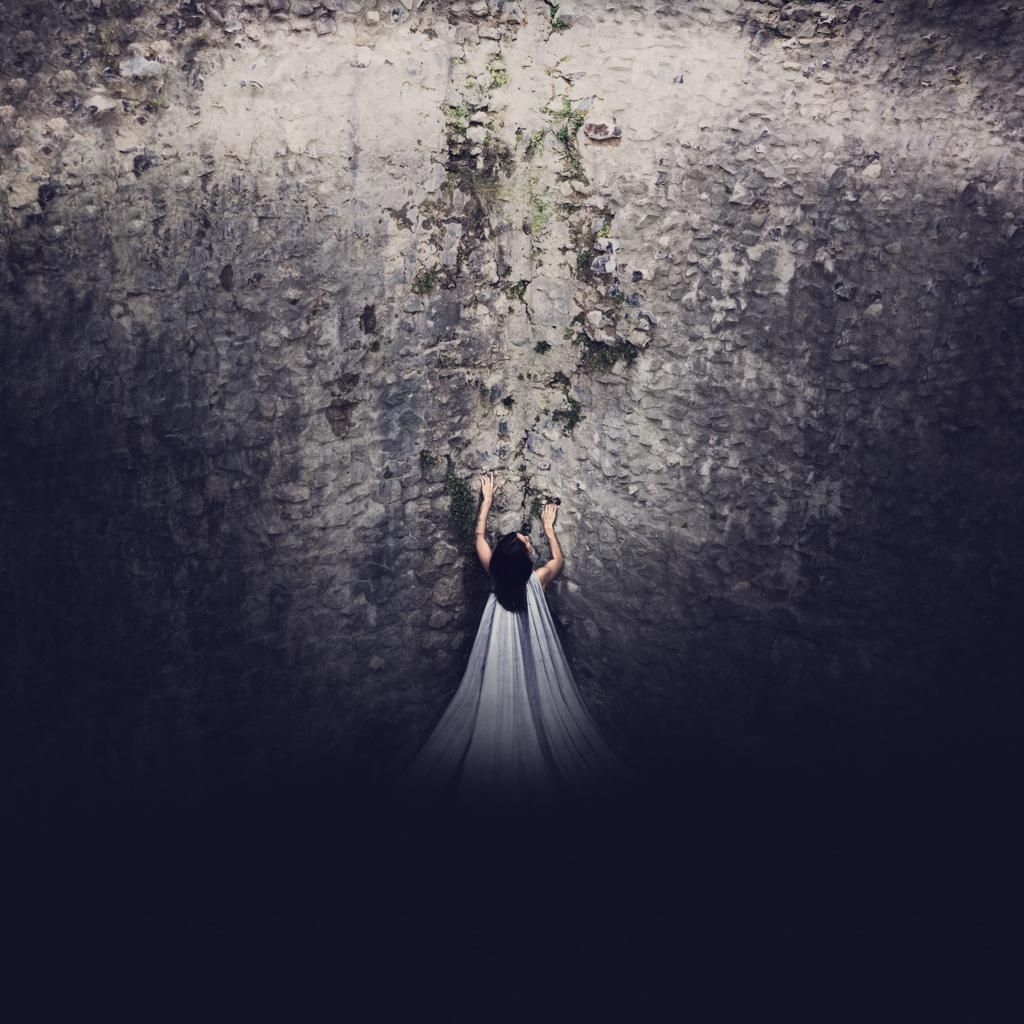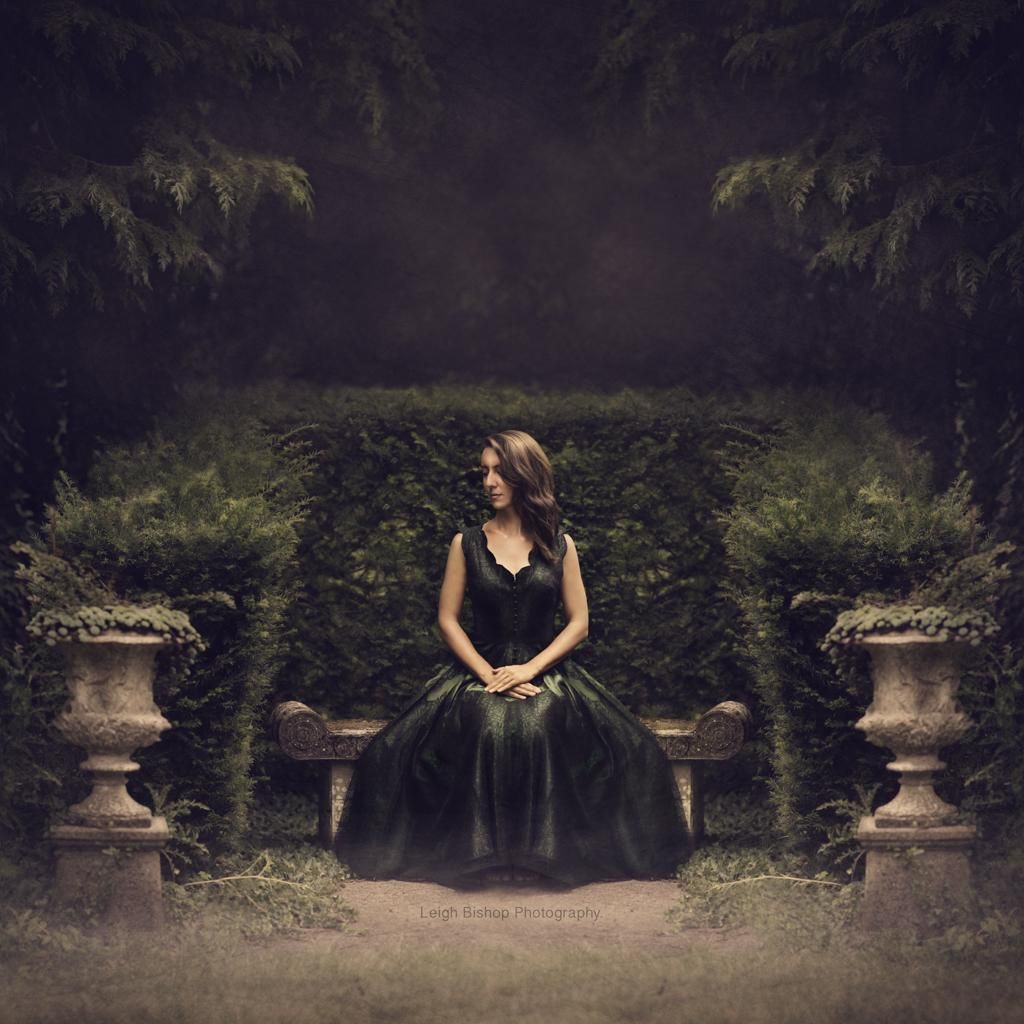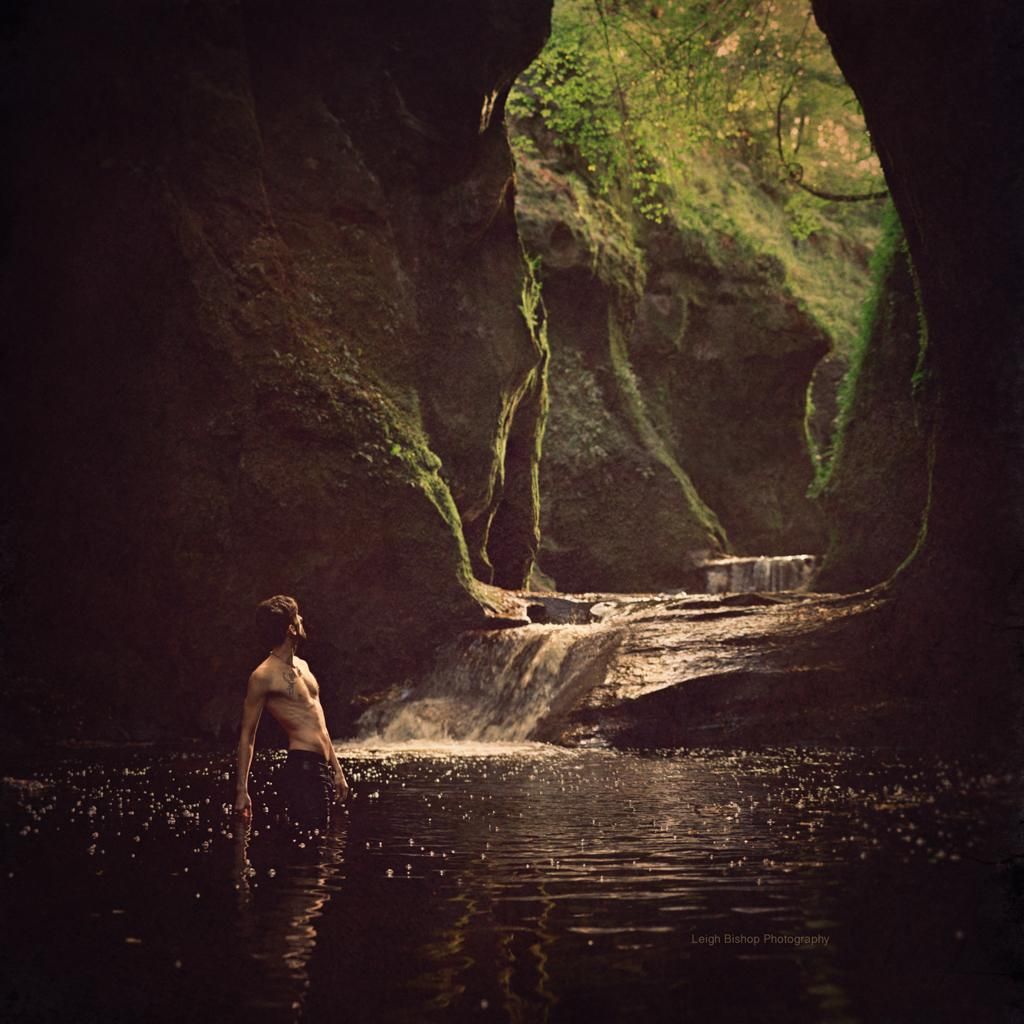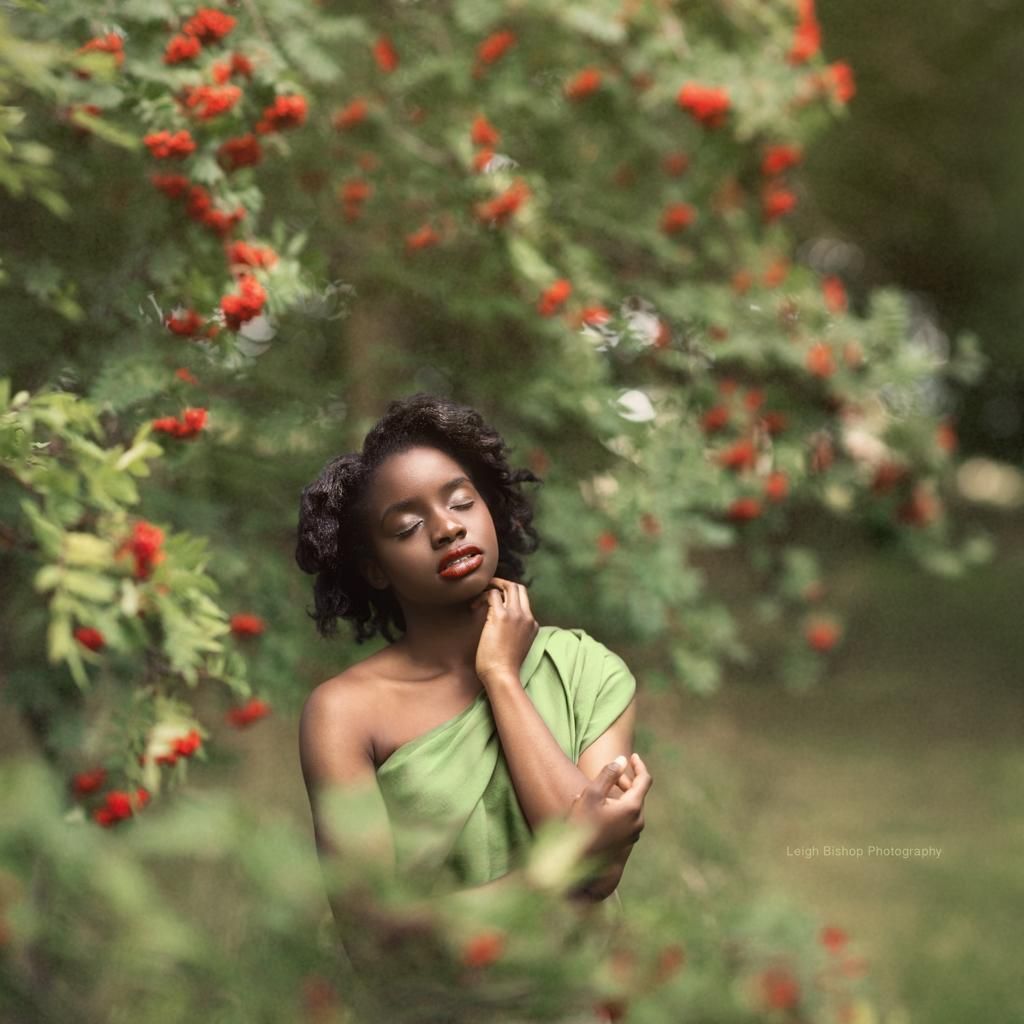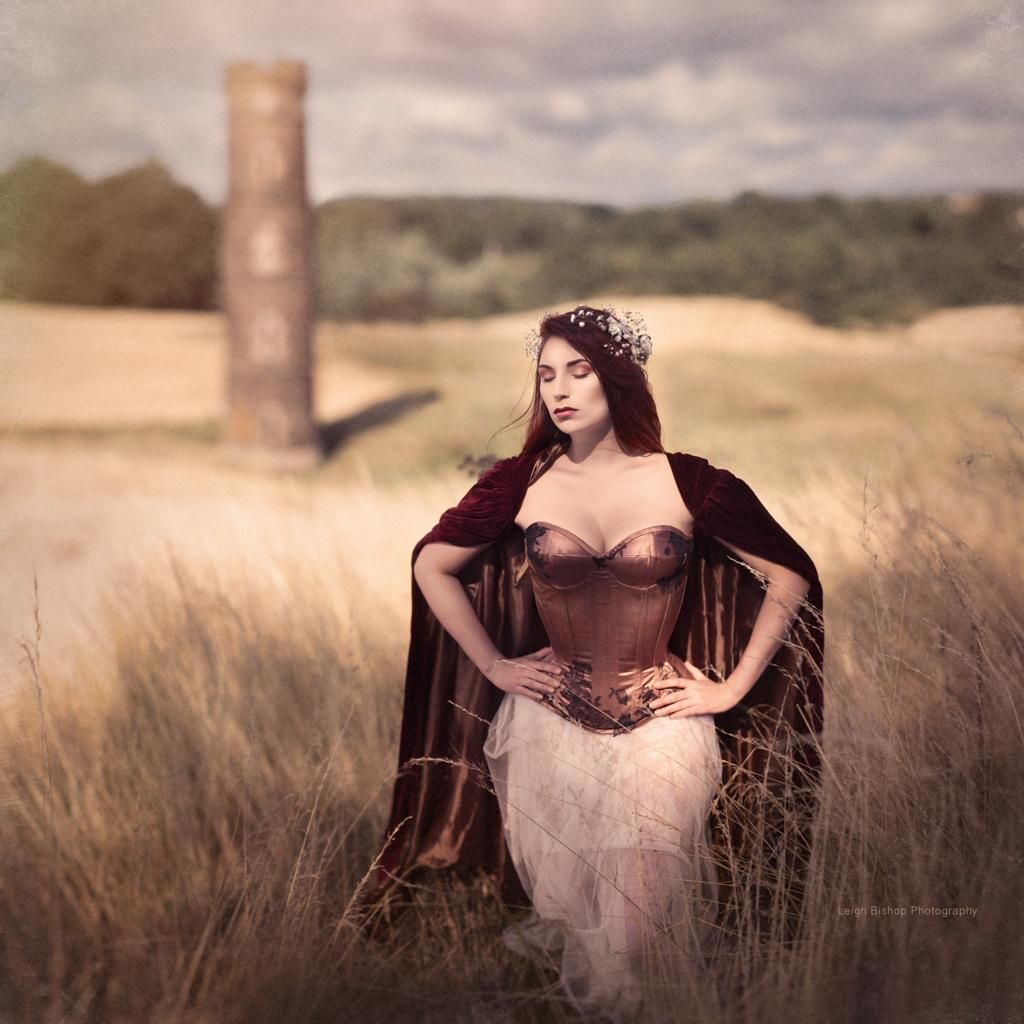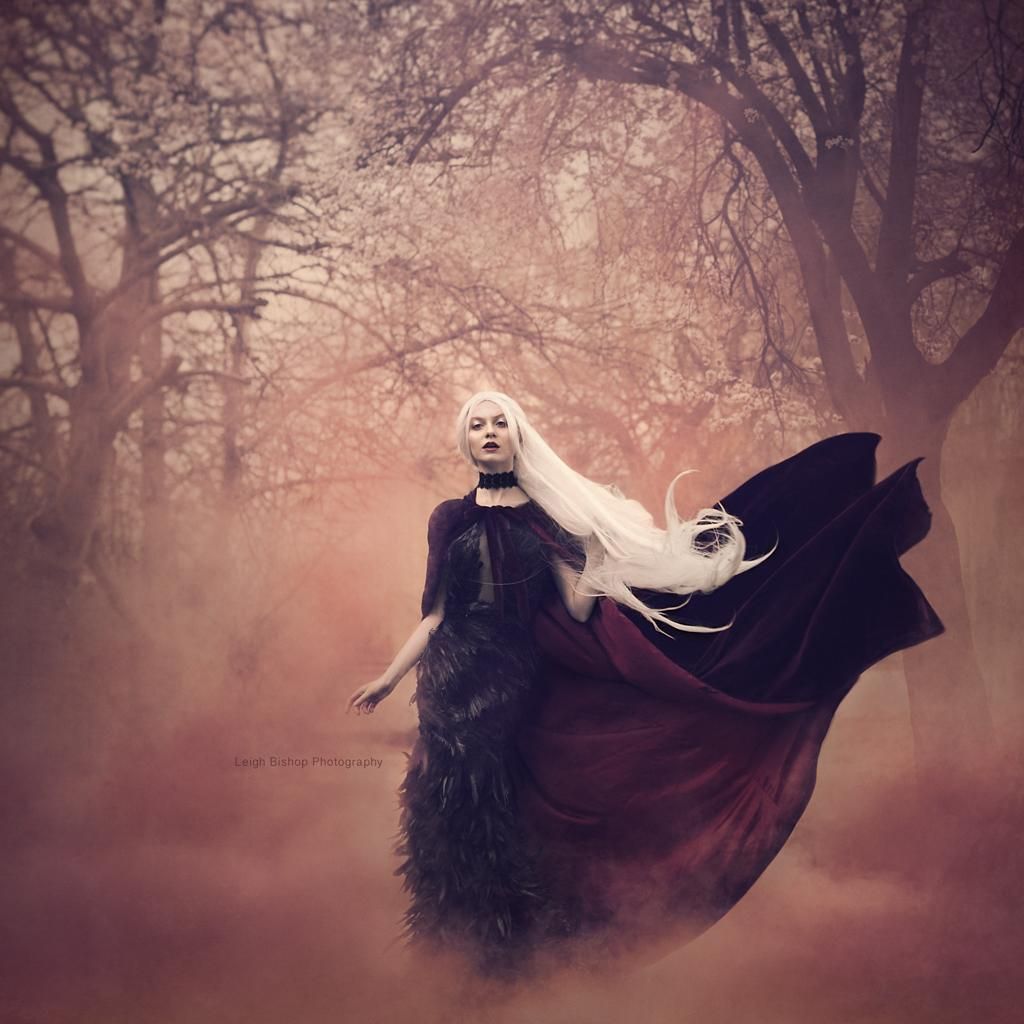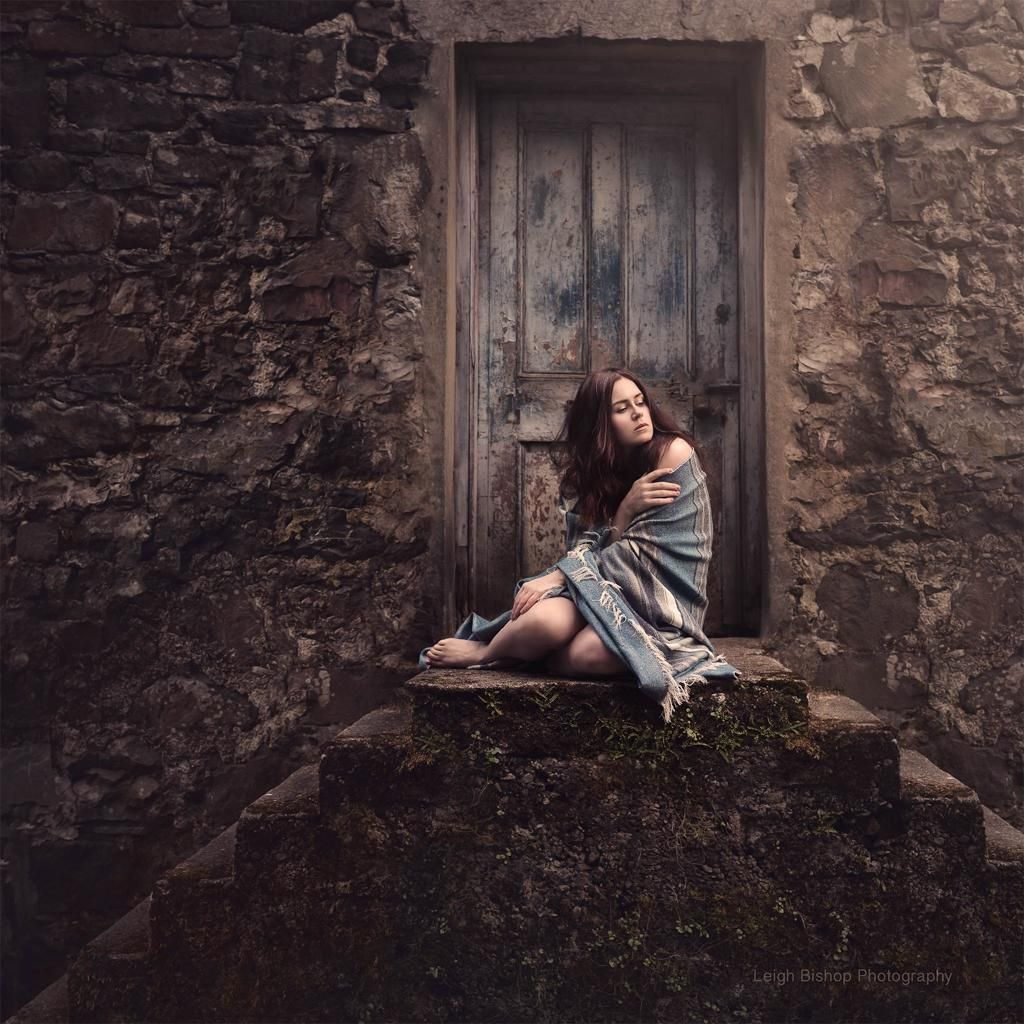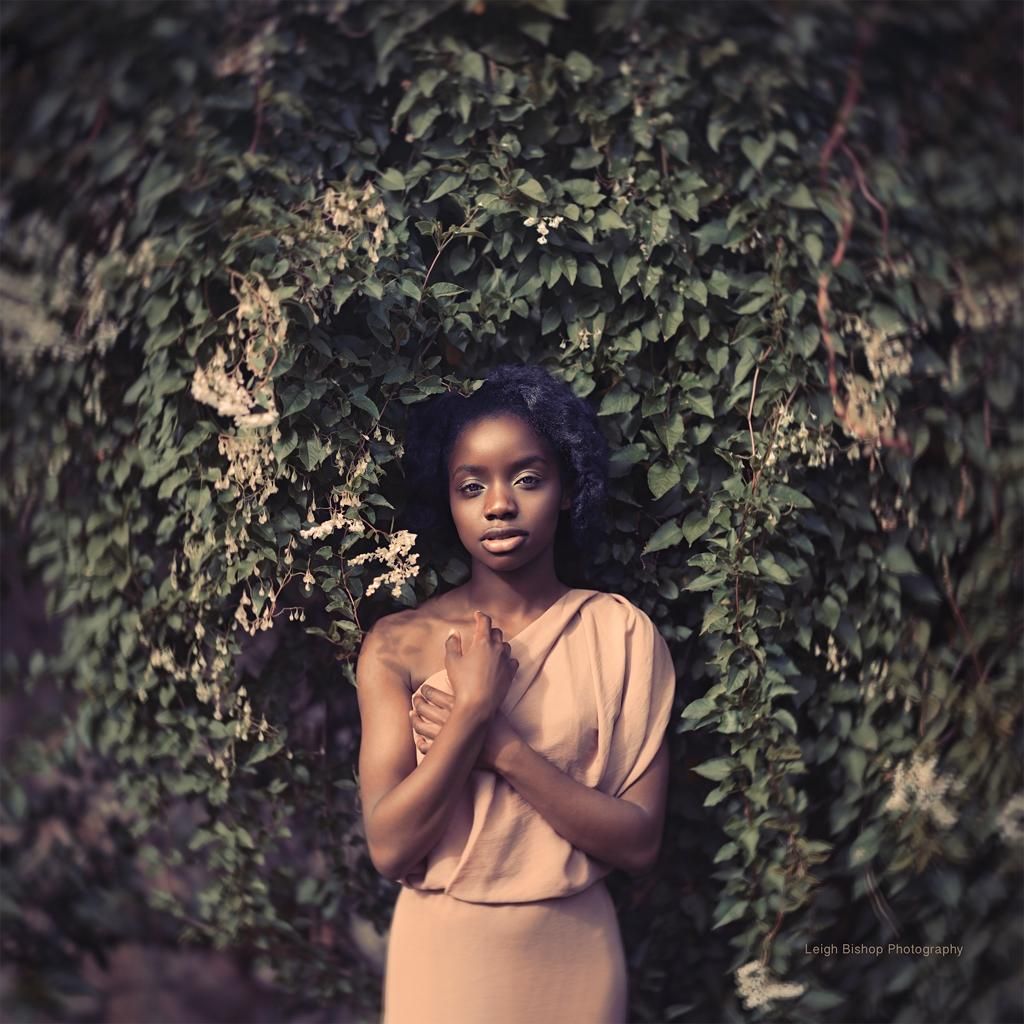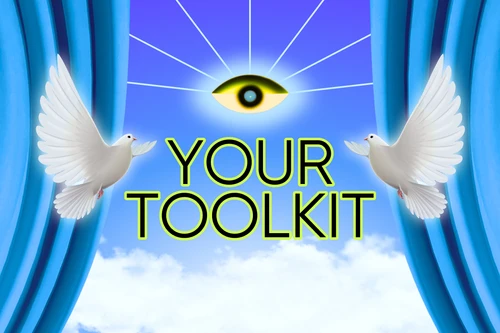The British countryside streams past the windows, a box of thrift store dresses sitting in the passenger’s seat. Leigh (@leighbishopphotography) is off to create something beautiful. She’s not sure exactly what it is going to be, only that the box in the seat is a piece of the puzzle, and that another piece is hidden somewhere in the nature unfurling around her; the perfect spot to shoot.
Leigh Bishop creates conceptual portraits that depict dreamy and emotional scenes, often set in nature and imbued with magic through her self-taught photo manipulation. Her beautiful craft was a twist in the path of her life that few may have seen coming when she was studying to be a veterinarian at university in Edinburgh. It was after her second child was born in 2012, that Leigh felt a need to do something for herself, and her casual photography hobby suddenly grew into a new way of life, sprouting a new world of fantastical art work.
We chatted with Leigh to ask her about her amazing images. Read the interview below, and follow Leigh on PicsArt or on her website.

Of all the photography genres out there, how did you end up in conceptual portraiture?
After meandering through various genres I came across the work of Brooke Shaden and was immediately drawn to her images… I found it fascinating to be able to create magical worlds out of an incredibly simple starting place. Artistic and conceptual portraiture seemed like a natural fit once I delved into it, much to my surprise!
What kinds of feelings are you drawn towards the most in your artwork?
A lot of the images I’ve created involve a sense of emotional surrender, and I am fascinated by this aspect of human nature. I feel we often fight against that which we should give in to and accept within ourselves. We create a facade that we hide behind, and it colours how we perceive ourselves and the world around us.
I’m also drawn to strength, and I think this comes as a counterpoint to what I just mentioned. Often it takes a lot of strength to surrender ourselves and admit to our true natures.
You stitch these images together from many photos. Can you talk about your process?
I take an image of my subject and then take additional frames above, to both sides, and below them. I either have my camera on a tripod, or I just try and stand very still in the same place, and move the camera around to get these additional shots. I then stitch the frames together… and thus expand the frame of my initial image.
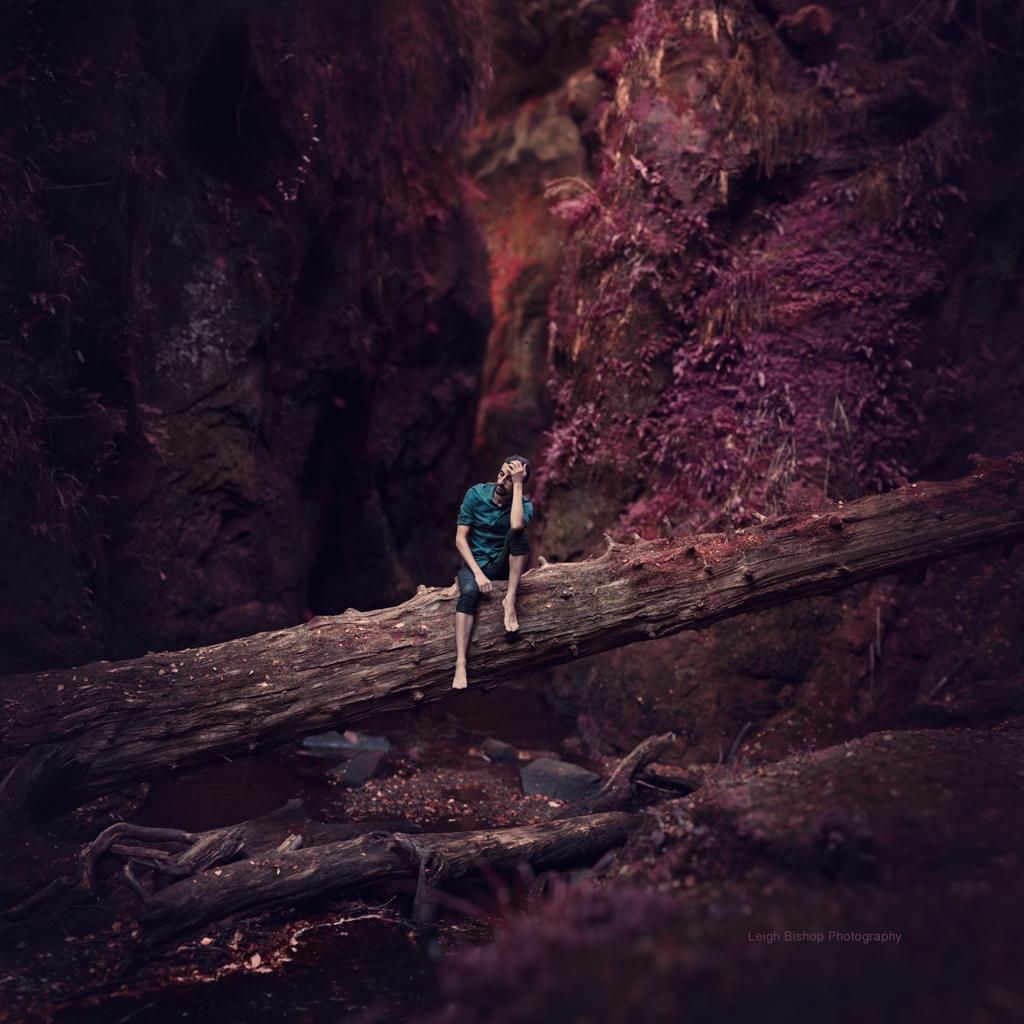
Why do you use this process?
Firstly, if I take my images at a wide aperture, I can create images that have a shallower depth of field than I could if I were to stand further back and get all the visual information I wanted in just one frame. This gives a feeling of depth and space to the images that is quite unique to this method. I think, especially if the prints are large, you really get a feeling of being in that place when you look at images created this way.
Secondly, I have a lot more pixels to work with, which means I have a vast amount of detail in an image even if you zoom right in. I can print 40-50” prints without having to enlarge my images at all and the level of detail at that scale is wonderful. I often chide myself for going overboard—many images are made of 20-40 frames stitched together—but I can’t help but do it!
How much planning goes into each shoot?
It really varies… I’d love to say I always pre-plan an image… However, while that does occasionally happen, in reality I often turn up at a location with a load of outfits and makeup ideas, and then just see what inspires me. Then I look at the image in photoshop, play around with a few ideas in terms of colours and mood, and just go with my gut.

What was the most memorable shooting experience you’ve had so far?
I certainly remember doing a self portrait in the rain, slipping on a 6-inch wide wooden plank bridge over swampy waters, and landing flat on my back in the middle of said plank. I was very lucky not to fall in. I couldn’t help but laugh at how absurd I must have looked, and I nursed a badly bruised pelvis for a few weeks after.
I’d say my most memorable though was one of the first conceptual shoots I did. I met up with another local photographer and we picked up a guy we’d never met, and went to an amazingly beautiful location. It’s a hidden glen that you have to steeply descend down into. Suddenly you get to the bottom, and around a large rock wall, this piece of a fairytale is spread out in front of you. It was magical and some of my favourite images, my Wanderer series, were created there. A love of creating art brought together three people who’d never met, and we had an amazing experience together. That’s what it is all about.
What is the most satisfying thing to you about doing what you do?
I find great satisfaction in creating something beautiful. To look at an image and know that it only exists because I made it happen.
I’ve always loved the children’s story Miss Rumphius, by Barbara Cooney. In it, Miss Rumphius tells her granddaughter that one of the things she must do in her life is, “You must do something to make the world more beautiful.”
As a child I always wondered what I could do to make the world a more beautiful place and now I feel I have found it. There are many important things we may do in our lives, but the creation of beauty should never be overlooked, no matter how small.




